
Serious injuries are now more common among people doing home renovations than workers operating tools on a daily basis, according to the CHUM-affiliated Provincial Centre of Expertise in Rehabilitation which shows that this trend has been growing since 2008.
Saviez-vous qu'on estime à 1,850 deaths occur annually in Quebec as a result of household accidents related to renovations and maintenance work, among other things.
As most remote cottage owners take advantage of the summer months to make renovations, SIRIUSMEDx and Airmedic would like to remind you of a few safety precautions you can take to ensure your renovations go smoothly.

Vigilance et prudence sont de mise
L’important est de toujours rester vigilant et prudent dans ce que vous entreprenez. Les statistiques prouvent que la plus grande majorité des blessures lors de rénovation arrivent aux bricoleurs expérimentés qui n'en sont pourtant pas à leur première utilisation d'outils à scie. M. Caron en est un bon exemple. Ce dernier a passé une bonne partie de sa vie en région éloignée. Il est à son aise en forêt et surtout très habile de ses mains. Il est facile pour lui de bricoler à ses heures. Alors que M. Caron effectuait un agrandissement à son camp de pêche en forêt en 2019, ce dernier s’est scié la jambe lors d’une mauvaise manœuvre. Secouru par Airmedic, il fut transporté au centre hospitalier de Chicoutimi où il a pu être pris en charge par le personnel médical qualifié.
Voyez dans la vidéo ci-dessous M. Caron vous témoigner, les larmes aux yeux, de la façon dont Airmedic a joué un rôle décisif lors de son accident.
Un autre accident survenu en 2021 a couté la vie à M. Fournier, un homme alors âgé de 70 ans qui faisait des travaux seul à son chalet du secteur de Corte-Real, à Gaspé .
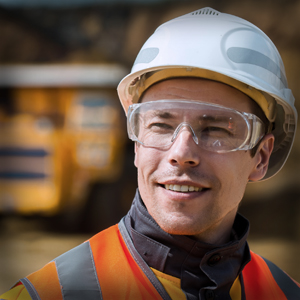
Des équipements de protection souvent oubliés
All too often, protective equipment such as hard hats, leather gloves with reinforced backs, hearing protectors and goggles or visors are forgotten or deliberately put aside by do-it-yourselfers who operate in remote areas. However, these can make all the difference in the event of an accident. If you do manual work at your cottage, don't forget these valuable details that can save your life and prevent a serious injury by protecting your head in case of an involuntary fall or your eyes when working with flying debris.
In addition, when using the chainsaw, we recommend that you wear pants or apron pants with integrated ballistic nylon knee pads to reduce the risk of injury, as well as a shirt covering the extremities of your limbs to protect you from superficial injuries. Steel toed boots or shoes are also crucial when handling heavy materials. Spiked boots with a non-slip or cork sole will also be better suited for rough terrain.
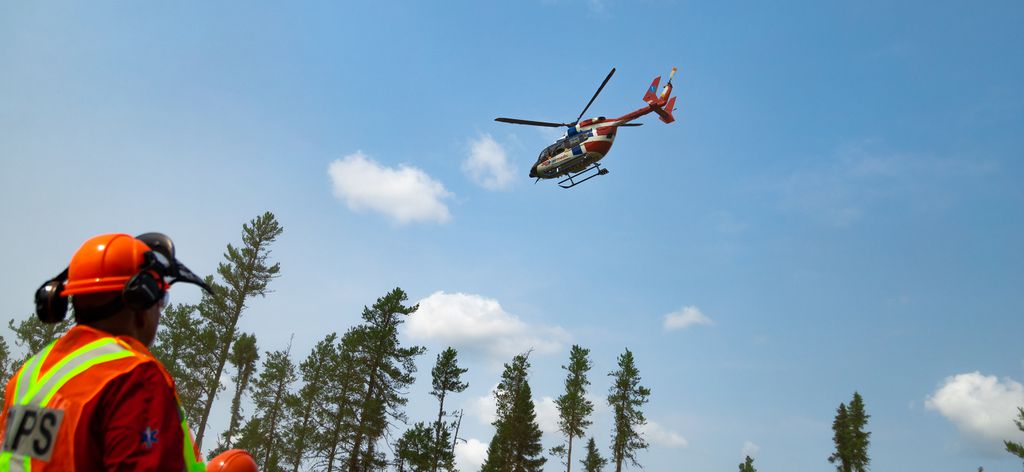
Vos outils sont-ils en bonne santé?
Vos outils, qui peuvent paraître au top de leur forme, peuvent parfois vous jouer des tours. Avant chaque utilisation, assurez-vous de la qualité et l'état de vos outils. Nous vous invitons à vous posez les questions suivantes :
- Are they in good condition?
- Do they require maintenance?
- Should you replace them?
These are legitimate questions that can save you from an unpleasant surprise and prevent injury. These questions are even more important if you handle a bench saw, chainsaw, circular saw or wood splitter. Studies show that these are the tools that cause the most accidents during renovations.
Pssst!!! when handling this type of tool, don't neglect the lighting! Proper lighting allows you to see your work surface and avoid minor injuries.
Une trousse de premiers soins... à portée de la main!
Whether or not you live in remote areas, you should have a first aid kit on hand. This is especially important if you live outside of urban centers. If you are the victim or witness of an accident that causes a serious injury, you must be able to provide first aid while waiting for help. When you use an air medical assistance service in an emergency, it is normal for the helicopter to take some time to deploy. For this reason, your kit should be compact and easy to carry on your person. At a minimum, you should have everything you need to control bleeding, manage life-threatening emergencies and protect the victim from the elements with a reflective aluminum blanket or a shelter cloth, for example.
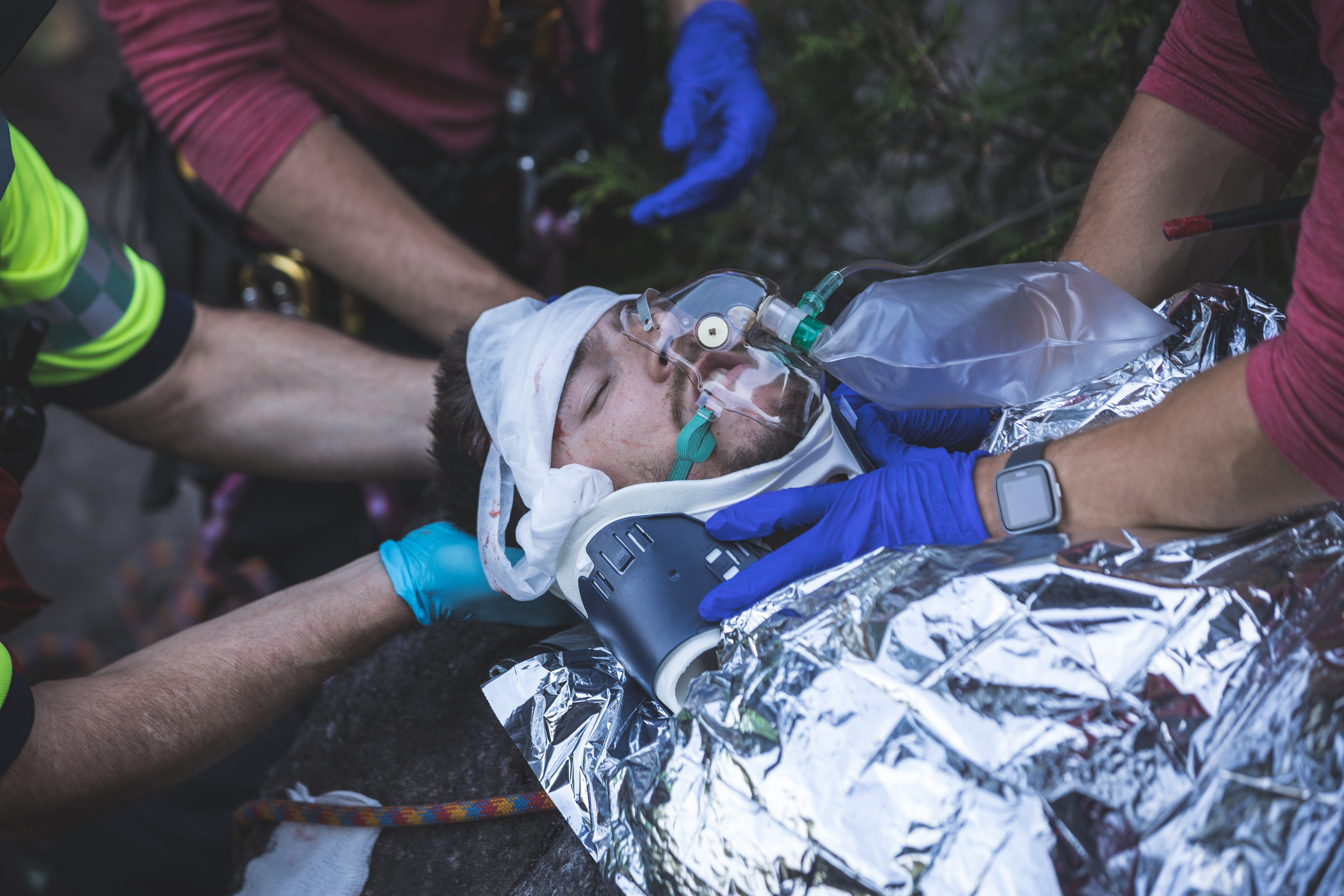 Quoi faire en attendant les secours?
Quoi faire en attendant les secours?
Knowing that specialized medical care can take several hours to arrive at the scene of an incident, it is also recommended that you take first aid training in remote areas so that you know what to do and how to use your first aid kit in order to provide the best possible care as quickly as possible to the victims. Indeed, difficult weather conditions, lack of transportation or communication and evacuation difficulties are all factors that can delay your evacuation.
You will then have the knowledge, skills and confidence to provide care to the injured person or even self-administer care if you are alone while waiting for EMS to arrive. The care protocols for these courses are tailored and emphasize longer-term care than standard urban courses. You will learn how to provide care with limited material resources and improvise with readily available materials.
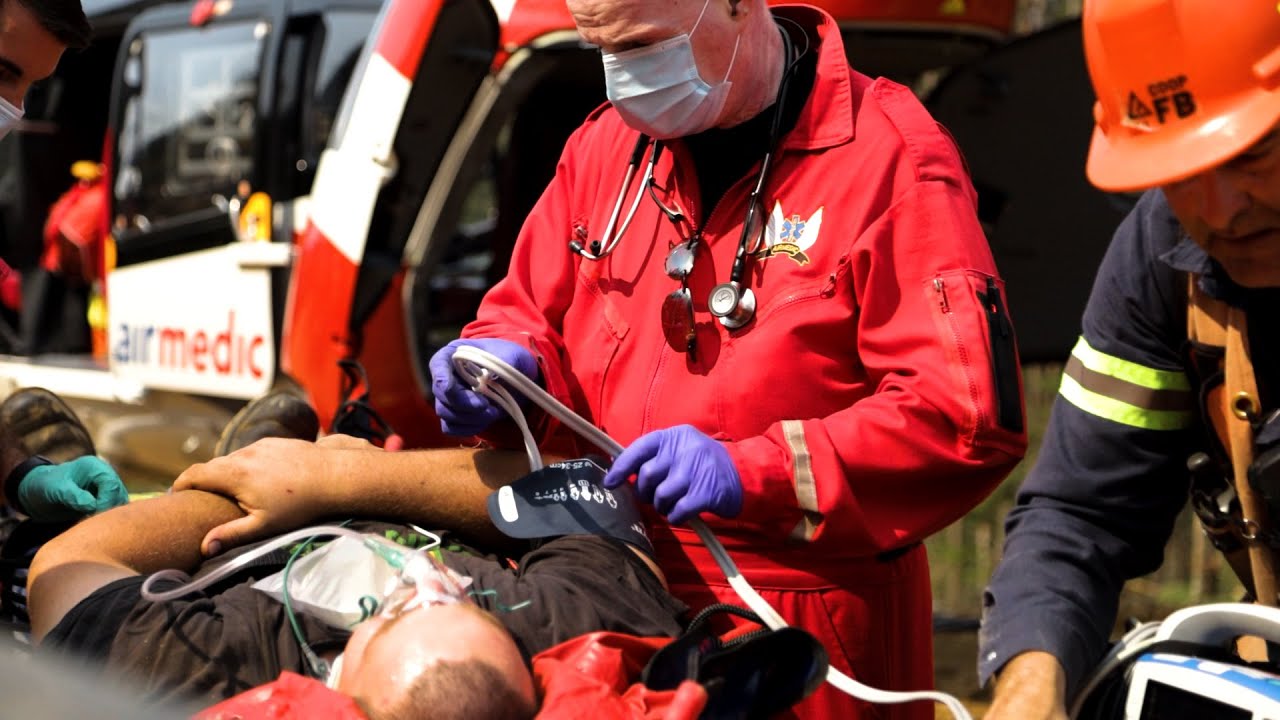
Impuissance et angoisse...
Le dicton "Mieux prévenir que guérir" ça vous dit quelque chose? Alors n’attendez pas d’avoir vécu ce sentiment d’impuissance ou d'angoisse causé par le manque de connaissances ou d’avoir eu recours à un service d’ambulances aériennes comme celui d'Airmedic pour vous procurer cette tranquillité d'esprit. Une protection adaptée à vos besoins et une formation de secourisme en régions isolées pourraient être la solution à vos soucis. Si vous prévoyez effectuer des rénovations ou tout simplement passer du temps en forêt au chalet, renseignez-vous avant de partir.
Our customer service will be pleased to advise you according to your needs.
Discover the protections from Airmedic and the SIRIUSMEDx training programs .
Texte rédigé par: Rapahele Bourgault, Conseillère aux communications et stratégies numériques chez Airmedic et Yannick Sisla, directeur au développement des affaires et instructeur chez SIRIUSMEDx.

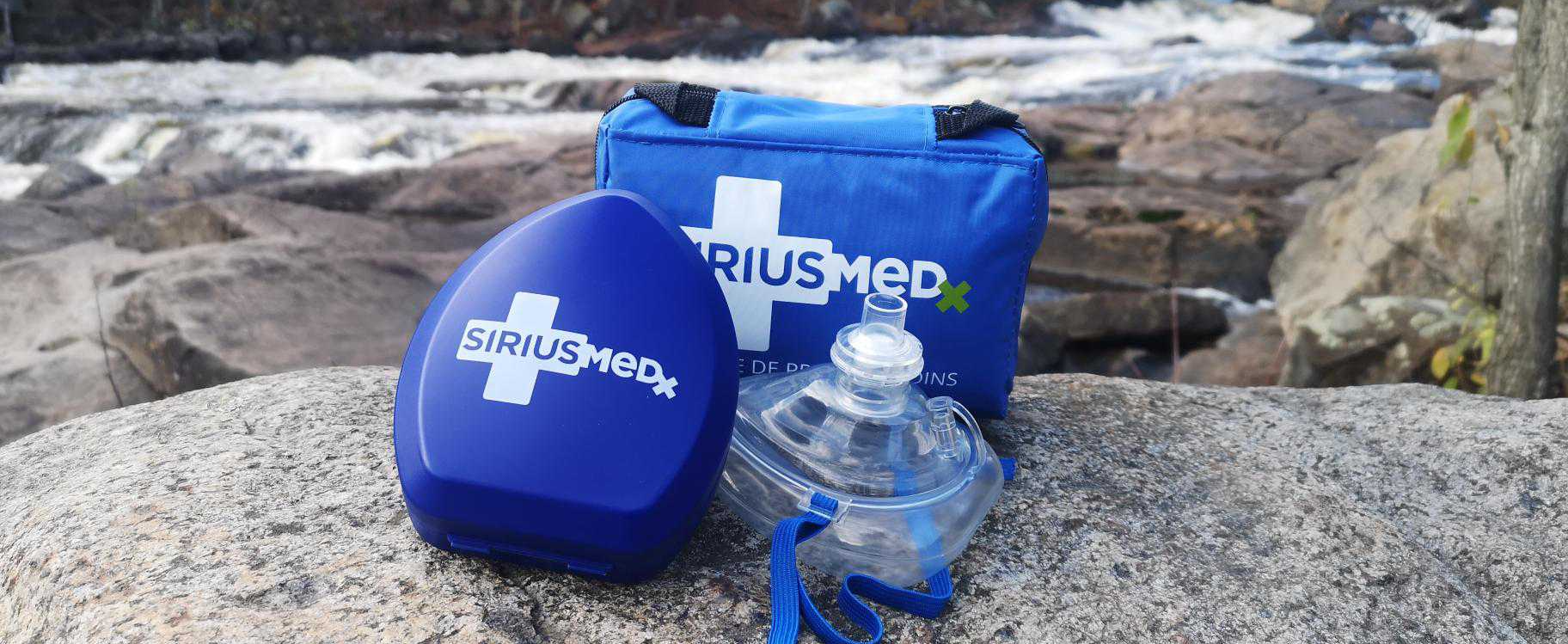
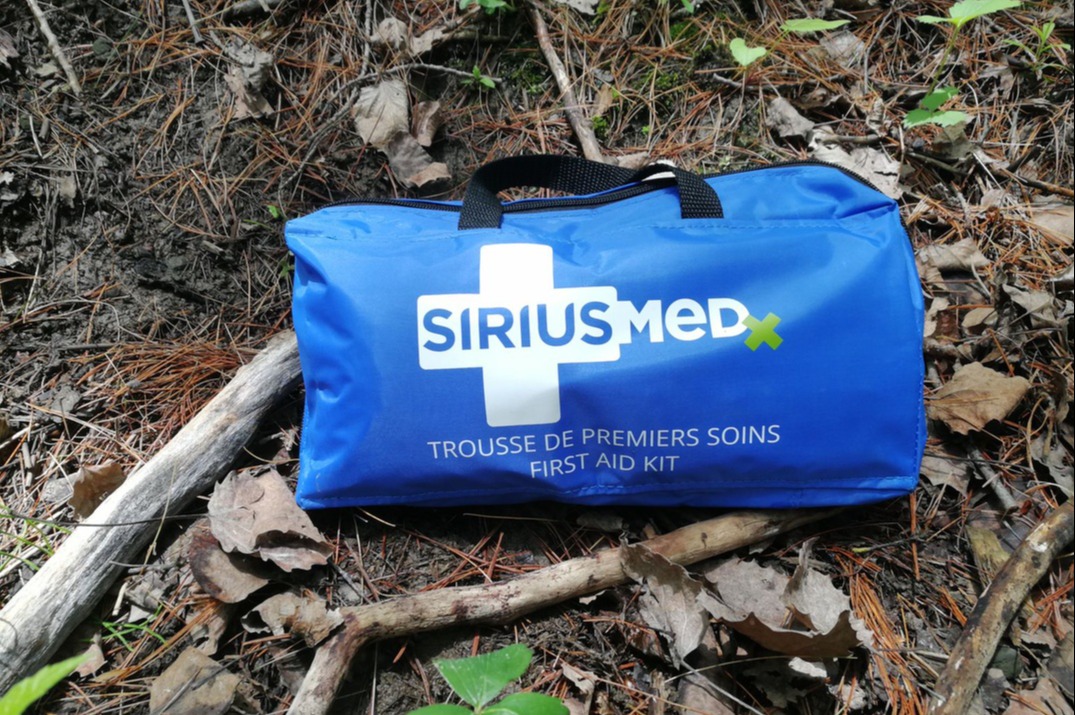
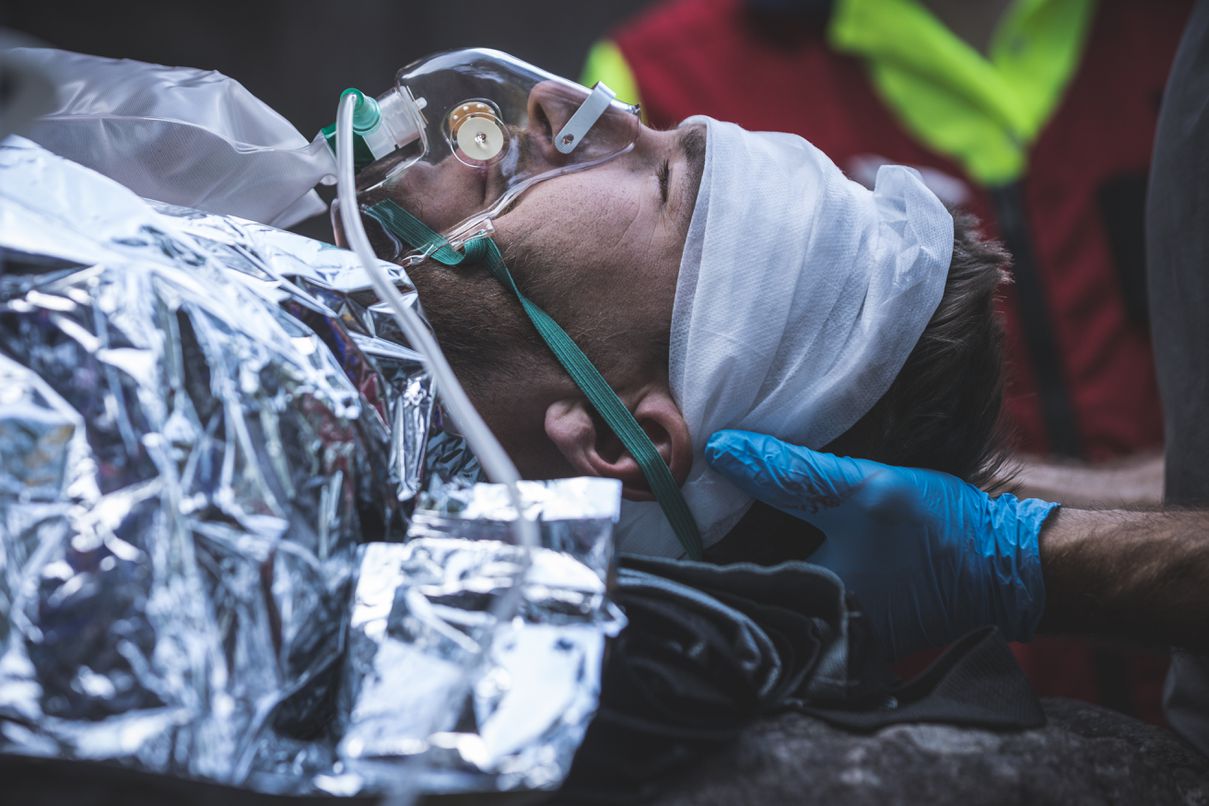
Cottage Renovations in Remote Areas: Safety First